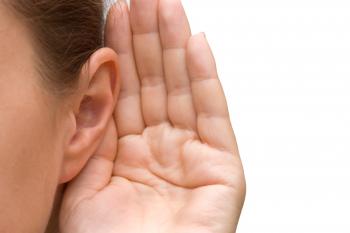The Building Blocks of Reading: Four Verbal Phonics Activities
Purpose: Phonemic awareness activities help learners to be able to focus on and manipulate the smallest sounds in words. Being able to notice, identify, and work with individual sounds in words helps learners decode, or sound out words.
These four phonemic awareness activities can be done verbally; no visuals are necessary! So they’re perfect for doing phonics work remotely, or for working in-person with learners who have limited literacy skills.
Count the Sounds
- Say a word from the week’s reading and/or vocabulary.
- Repeat the word and say it very slowly, emphasizing the individual sounds in the word.
- Have the learner count the sounds, and tell you how many sounds they hear.
- Repeat until you have gone through all of the week’s vocabulary.
Example: /h/ /ou/ /se/ = 3 sounds
Blend the Word
- Choose a word from the week’s reading and/or vocabulary.
- Sound the word out while the learner listens (do not say the word first).
- Have the learner guess what word you are saying.
- Repeat until you have gone through all of the week’s vocabulary.
Example: /a/ /p/ /l/ (apple)
Which One Doesn’t Fit?
- Pick three words from the week’s vocabulary and/or reading. Two of the words should be similar (rhyme or same first sound), and one of the words should be different.
- Ask the learner tell you which word is different.
- Say the words.
- Have the learner say the word that doesn’t fit. To expand, have the learner tell you why it doesn’t fit.
Example: cook, cake, book (cake)
Where’s the Sound?
- Compile a list of vocabulary words and/or words from the weekly story.
- Pick a sound that is in the word, and tell the learner the target sound “Where is the /b/ sound?”
- Say the word out loud. Have the learner tell you if the sound is in the beginning of the word (the first sound) the middle of the word (anywhere between the first and last sound) or the end of the word (the last sound).
Example: /b/- table- middle
/t/- table –beginning
/l/- table- end
Have new Tutor Tips sent directly to your email inbox! Click here to sign up for Tutor Tip emails.


